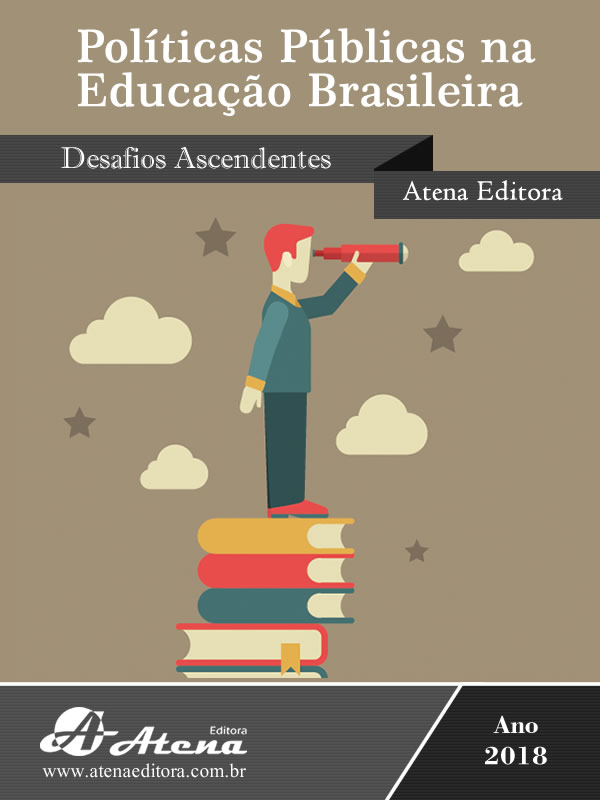
A CONSTRUÇÃO DO CONCEITO DE LUGAR NO ENSINO FUNDAMENTAL A PARTIR DO USO DA LINGUAGEM CARTOGRÁFICA
A linguagem cartográfica tem contribuído de forma significativa para o
processo de construção de conceitos no ensino de Geografia, a mesma tem auxiliado
professores do ensino fundamental, tanto dos anos iniciais quanto dos anos finais
em suas práticas docentes, tudo isso, por meio de metodologias que nos últimos
anos tem proporcionado um desenvolvimento significativo do raciocínio espacial e
de habilidades específicas da cartografia e da geografia nos alunos do ensino
fundamental. A prática da “Cartografia Escolar” enquanto linha de pesquisa, tem
contribuído para despertar nos professores e alunos noções de como utilizar a
linguagem cartográfica na expressão de seus conceitos geográficos; contribui na
representação do espaço real, no papel, através da confecção de croquis e mapas
mentais; como também representar o conceito de lugar, utilizando essa ferramenta
como meio de comunicação e expressão do raciocínio geográfico. Por se tratar de
uma orientação didática fruto de um projeto de extensão, é indispensável à utilização
de fontes bibliográficas tanto nas áreas específicas (Geografia e Cartografia) quanto
na área pedagógica. Tendo a Escola Municipal Tocantins na cidade de Imperatriz-MA
como espaço de pesquisa e os alunos do 6º ano do Ensino Fundamental turno
vespertino como sujeitos da pesquisa. Utilizamos como base teórica a Metodologia
de Oliveira (2010) baseada no processo (Percepção-Cognição-Representação).
Representar a realidade espacial cotidiana no papel, por meio de croquis e/ou
mapas mentais constitui uma forma de despertar no aluno do 6º ano a noção de
espaço vivido/lugar, essa atividade desenvolveu no cognitivo do aluno uma nova
visão do vem a ser a noção/conceito de lugar trabalhado no componente curricular
Geografia. O uso dos elementos cartográficos como forma de comunicação e
apreensão da realidade vivida foram fatores preponderantes para que os alunos do
6º ano do Ensino Fundamental desenvolvessem a capacidade de perceber, entender
e representar com autonomia os elementos presentes no cotidiano. Espera-se com
atividades desta natureza contribui com o processo de desenvolvimento cognitivo
dos alunos para que os mesmos possam utilizar a linguagem cartográfica para uma
leitura mais aprofundada do espaço geográfico e representa-lo com autonomia.
A CONSTRUÇÃO DO CONCEITO DE LUGAR NO ENSINO FUNDAMENTAL A PARTIR DO USO DA LINGUAGEM CARTOGRÁFICA
-
DOI: Atena
-
Palavras-chave: Linguagem Cartográfica, Lugar, Geografia, Ensino Fundamental
-
Keywords: Cartographic Language, Place, Geography, Elementary School
-
Abstract:
The cartographic language has contributed significantly to the process of
constructing concepts in Geography teaching, it has helped elementary school
teachers, both from the beginning and the end years in their teaching practices, all
through methodologies that in recent years have provided a significant development
of spatial reasoning and cartographic and geography specific skills in elementary
school students. The practice of "School Cartography" as a research line has
contributed to awaken in teachers and students notions on how to use cartographic
language in the expression of their geographical concepts; contributes to the
representation of real space, on paper, through the making of sketches and mental
maps; as well as to represent the concept of place, using this tool as a means of
communication and expression of geographic reasoning. Because it is a didactic
orientation resulting from an extension project, it is indispensable to use bibliographic
sources in the specific areas (Geography and Cartography) as well as in the
pedagogical area. Having the Municipal School Tocantins in the city of Imperatriz-MA
as a space for research and practice for the development of activities and students
of the 6th year of elementary school afternoon shift as research subjects. We use as
theoretical basis the Methodology of Oliveira (2010) based on the process
(Perception-Cognition-Representation). Representing everyday space reality on
paper, through sketches and / or mental maps is a way to awaken in the student of
the 6th year the notion of lived space and place, this activity developed in the
cognitive of the student a new vision of comes to be the notion / concept of Place
worked in the curriculum component Geography. The use of the cartographic
elements as a form of communication and apprehension of the lived reality were
preponderant factors so that the students of the 6th grade of Elementary Education
developed their capacity to perceive, understand and represent with autonomy the
elements present in their daily life. Expectations with activities of this nature
contribute to the students' cognitive development process so that they can use the
cartographic language for a more in-depth reading of the geographic space and
represent it with autonomy.
-
Número de páginas: 15
- Ronaldo dos Santos Barbosa


